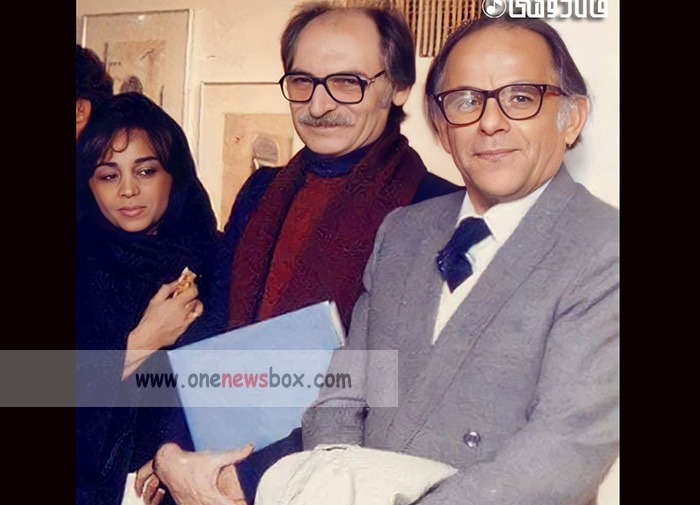Moshiri’s style is characterized by simplicity, clarity, and musicality. Unlike some contemporaries who leaned toward radical linguistic experimentation, he retained accessibility in his language, ensuring his works resonated with a broad readership.
-
His diction draws heavily from everyday Persian while preserving poetic elegance.
-
His imagery combines classical motifs (such as nightingales, roses, gardens) with modern sensibilities.
-
His use of rhythm and meter reflects both classical prosody and free verse.
Because of this stylistic versatility, he was able to reach audiences beyond literary elites, becoming one of the most widely read poets of his generation.
Cultural Influence
Moshiri was not only a poet but also a cultural figure who shaped Iran’s literary atmosphere during the mid-20th century. Through his editorial work, he gave space to emerging poets who would later become major literary voices. His insistence on blending tradition with modern expression helped create a middle ground in Iranian poetry, making him accessible to both conservatives and progressives in literary circles.
He also played a role in promoting cultural dialogue through his criticism of theater, film, and painting. In this sense, his impact extended beyond poetry to the broader sphere of Iranian art and culture.

